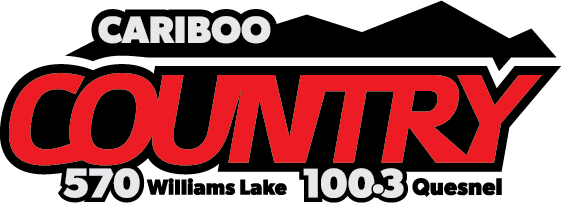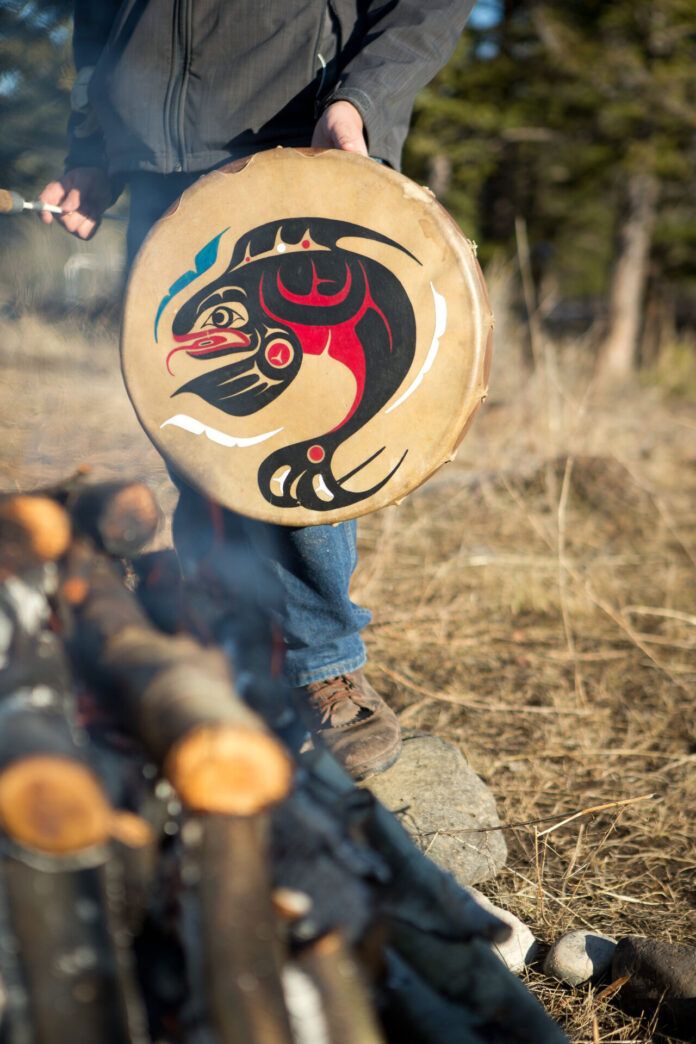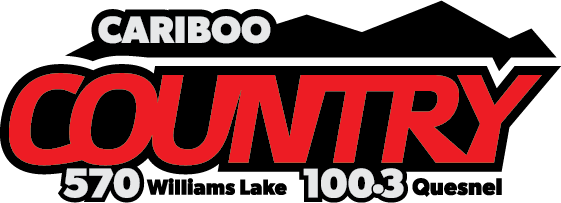First Nations people living with substance-use challenges will soon benefit from a new Tŝilhqot’in-led Healing and Wellness Model.
The Province of British Columbia is providing $8.3 million in funding for the recovery supports in this project. The project itself is a partnership between the Tŝilhqot’in National Government (TNG) and Red Road Recovery.
“The government has proven its commitment to the well-being of its citizens through this investment in a Tŝilhqot’in-led recovery program,” said Nits’ilʔin(Chief) Lennon Solomon, Yuneŝit’in Government, in a statement put out by TNG.
“Our long-standing partnership with the Province has delivered genuine results, and with this funding, we are confident we can build a space for all Nations to heal. We look forward to continuing this good work with everyone.”
The Healing and Wellness project, known as the Red Road River Tŝilhqox Model, will offer both traditional treatment methods and land-based healing practices. The project is anticipated to include three key provincially funded components that will support long-term wellness and healing from substance use.
10 beds will be dedicated to supportive recovery (pre-treatment); 15 beds dedicated to treatment and recovery through the Tŝilhqot’in Healing and Wellness Centre; and 10 more beds dedicated to after-care, reintegration, and long-term healing (post-treatment) transitional housing.
“Indigenous communities in B.C. have been deeply impacted by the toxic-drug crisis, with Indigenous Peoples facing a disproportionately higher risk of drug-related overdose,” said Josie Osborne, Minister of Health, in a statement. “The Red Road River Tŝilhqox model represents an important step forward, offering culturally grounded, First-Nations-led treatment and recovery supports that ensure people can access care in a space that honours their identity, experiences, and healing journey.”
TNG says the provincially funded services provided at the Red Road River Tŝilhqox Model will be delivered at two locations owned by the Tŝilhqot’in, located near Hanceville, approximately 100 kilometres west of Williams Lake.
This, according to TNG, is to ensure that all six Tŝilhqot’in Nation communities, as well as Indigenous Peoples not a part of TNG, can receive the services close to their homes.
“The toxic-drug crisis continues to devastate communities across this province,” said Scott Tremblett, CEO of Red Road Recovery, in a statement by TNG. “We believe true healing begins when people are connected to culture, land, and community. The Red Road River Tŝilhqox project is a powerful response developed in partnership with the Tŝilhqot’in Nation. We’re grateful to the Province and Ministry of Health for recognizing the urgent need and supporting this vision. Together, we’re building a program rooted in tradition, identity, and lifelong recovery.”
TNG says construction of the Red Road River Tŝilhqox project is expected to begin in September 2025, with an anticipated opening in late Fall 2025.
In the meantime, the Province is providing interim funding for two private treatment and recovery beds at the Red Road Ranch in Lumby. The interim beds will address the immediate needs for recovery supports in the region.
Something going on in the Cariboo you think people should know about?
Send us a news tip by emailing [email protected].










